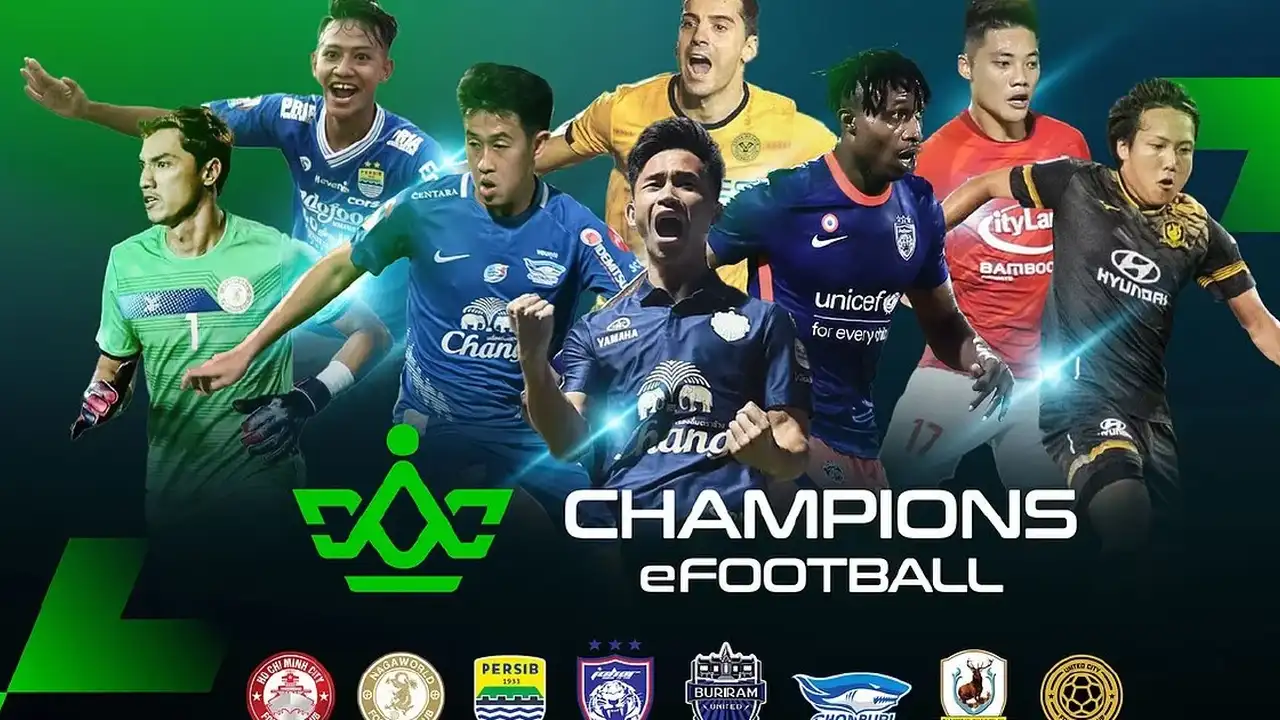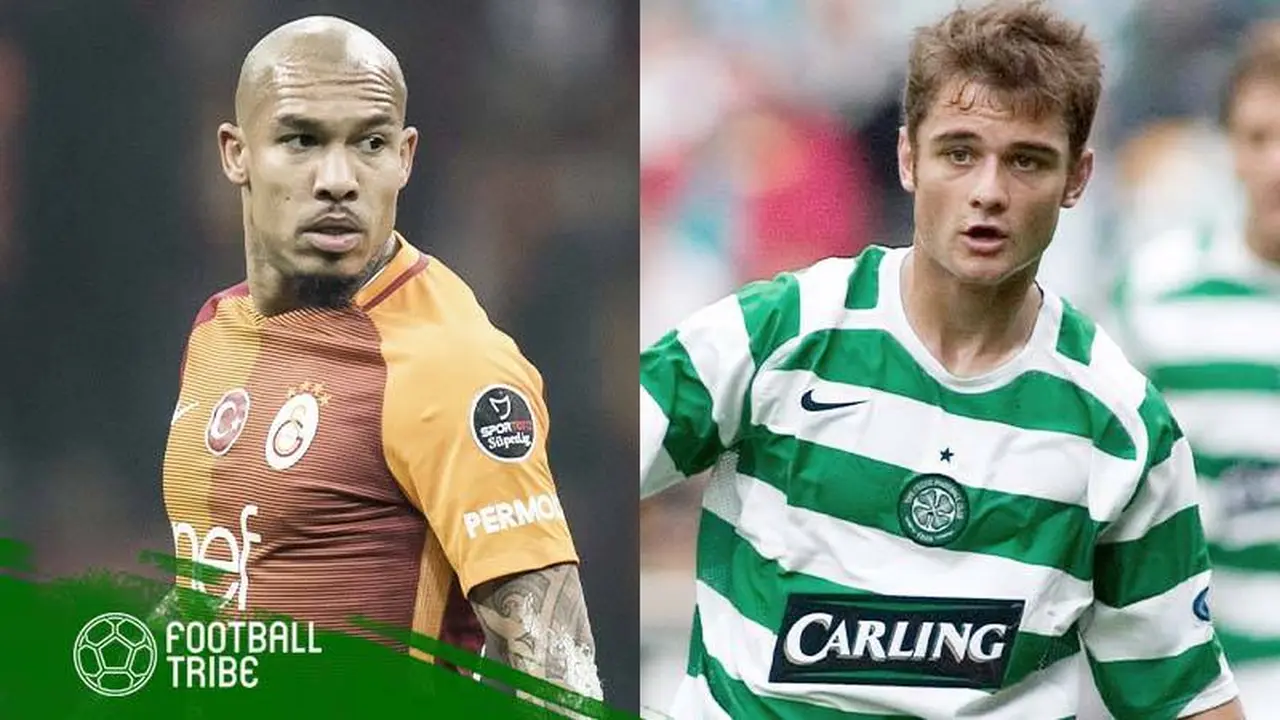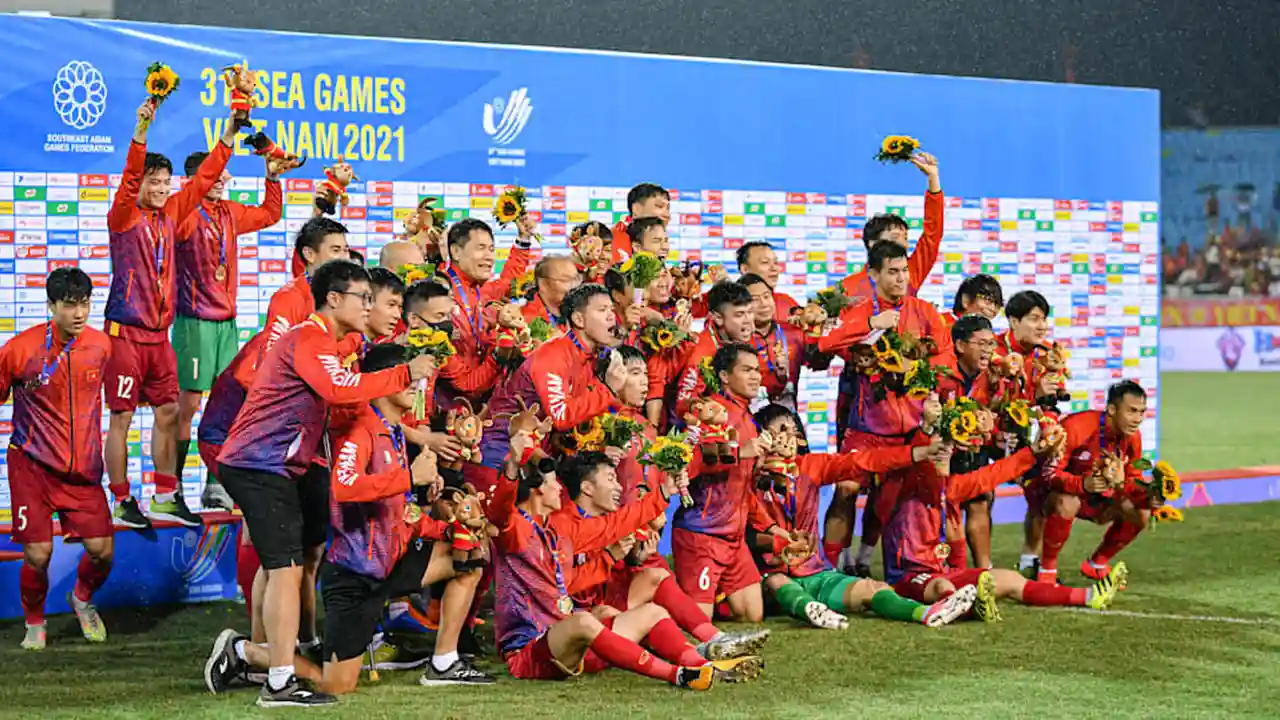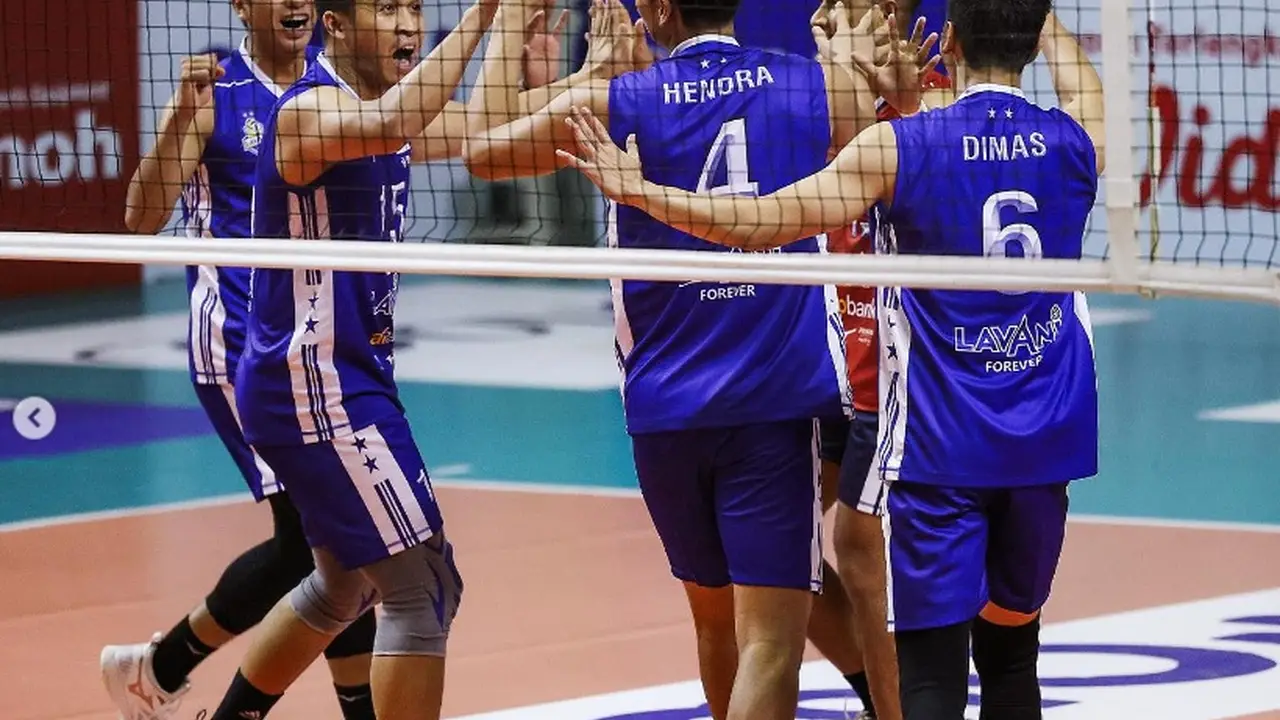Southeast Asian Soccer: The Role of Technology and Innovation

Introduction The Evolving Landscape of Southeast Asian Soccer
Hey everyone! Southeast Asian soccer is seriously on the rise. We're seeing more investment, better training programs, and a growing passion for the game. But to really compete on a global scale, technology and innovation are absolutely crucial. Think about it: data analytics, wearable tech, advanced training equipment – these aren't just buzzwords; they're game-changers. This article dives deep into how technology is transforming Southeast Asian soccer, from grassroots development to professional leagues.
Data Analytics Unlocking Potential on the Pitch
Data analytics is revolutionizing how teams scout players, strategize game plans, and optimize player performance. Forget relying solely on gut feelings; we're talking hard numbers that reveal hidden potential and expose weaknesses. Imagine having access to data on every pass, tackle, and sprint a player makes. That's the power of data analytics.
Tracking Player Performance with GPS and Wearable Sensors
GPS trackers and wearable sensors are providing invaluable insights into player performance. These devices monitor things like distance covered, speed, heart rate, and even the impact of collisions. This data helps coaches understand player fatigue levels, identify potential injury risks, and tailor training programs to individual needs. For example, a player consistently showing high heart rate during drills might need adjustments to their training intensity.
Product Recommendation: Catapult Sports GPS Tracking System
Catapult is a leader in sports performance technology. Their GPS tracking systems are widely used by professional soccer teams around the world. They offer real-time data on player movement, acceleration, and deceleration. This allows coaches to make informed decisions during games and training sessions. The price varies depending on the specific package, but expect to invest anywhere from $5,000 to $20,000 per year for a comprehensive system. Think of it as an investment in your team's future!
Analyzing Match Data for Strategic Advantage
Beyond individual player data, analyzing overall match data is crucial for strategic planning. This includes tracking possession rates, passing accuracy, shots on goal, and defensive formations. Tools like Opta and StatsBomb are used to break down games and identify trends. For instance, a team consistently losing possession in midfield might need to adjust their formation or midfield tactics. This kind of analysis helps coaches make data-driven decisions that can give their team a competitive edge.
Product Recommendation: StatsBomb IQ
StatsBomb IQ is a powerful platform for analyzing soccer data. It provides access to a wealth of information on players, teams, and matches. The platform includes advanced metrics like expected goals (xG) and expected assists (xA), which provide a more nuanced understanding of player performance than traditional statistics. Pricing starts around $10,000 per year and scales based on the level of access and data required. It’s a significant investment, but the insights gained can be invaluable for professional teams.
Advanced Training Equipment Enhancing Skill and Conditioning
Gone are the days of basic drills and endless laps. Modern training equipment is designed to improve skill, conditioning, and reaction time. We're talking about virtual reality training, specialized treadmills, and advanced recovery systems. These tools are helping players push their limits and develop skills faster than ever before.
Virtual Reality Training Immersive Skill Development
Virtual reality (VR) training is transforming how players develop their skills. VR simulations allow players to practice game scenarios in a safe and controlled environment. They can work on their decision-making, reaction time, and spatial awareness without the risk of injury. Imagine a goalkeeper practicing penalty saves against a virtual striker, or a midfielder honing their passing accuracy in a virtual match.
Product Recommendation: Rezzil Player 22
Rezzil Player 22 is a VR training platform specifically designed for soccer. It offers a range of drills and simulations that focus on improving passing, shooting, dribbling, and decision-making. The system tracks player performance and provides feedback on their technique. A full Rezzil setup, including the VR headset and software, can cost around $5,000 to $10,000. While not cheap, the immersive training experience can significantly accelerate player development.
Specialized Treadmills Optimizing Performance and Recovery
Specialized treadmills are designed to optimize player performance and recovery. These treadmills can adjust incline, speed, and resistance to simulate various game conditions. They can also be used for injury rehabilitation and prehabilitation. For example, an anti-gravity treadmill can reduce the impact on joints, allowing injured players to continue training without exacerbating their injuries.
Product Recommendation: AlterG Anti-Gravity Treadmill
The AlterG Anti-Gravity Treadmill uses differential air pressure to reduce a user's body weight by up to 80%. This allows athletes to train with less stress on their joints, making it ideal for injury rehabilitation and performance enhancement. These treadmills are expensive, typically costing between $30,000 and $70,000. However, they are a valuable investment for teams looking to optimize player recovery and prevent injuries.
Wearable Technology Monitoring Health and Preventing Injuries
Wearable technology is playing a crucial role in monitoring player health and preventing injuries. These devices track a range of physiological data, including heart rate, sleep patterns, and stress levels. This information helps coaches and medical staff identify potential health risks and tailor training programs to individual needs. Early detection of fatigue or stress can prevent overuse injuries and keep players on the field.
Smartwatches and Fitness Trackers Personalized Health Monitoring
Smartwatches and fitness trackers are becoming increasingly sophisticated, providing a wealth of data on player health. These devices can track heart rate variability (HRV), sleep quality, and activity levels. HRV is a particularly useful metric, as it can indicate stress levels and recovery status. By monitoring these metrics, coaches can adjust training intensity and ensure players are adequately rested.
Product Recommendation: Whoop Strap 4.0
The Whoop Strap 4.0 is a popular fitness tracker among athletes. It tracks HRV, sleep, and activity levels, providing detailed insights into recovery and performance. Unlike some other fitness trackers, Whoop focuses solely on performance metrics and doesn't include features like notifications or GPS. The Whoop Strap 4.0 requires a monthly subscription, typically around $30 per month. The ongoing cost might seem high, but the data-driven insights can be invaluable for optimizing training and recovery.
GPS-Enabled Vests Real-Time Performance Data
GPS-enabled vests provide real-time performance data during training and games. These vests track distance covered, speed, acceleration, and deceleration. They can also monitor heart rate and impact forces. This data helps coaches understand player workload and identify potential injury risks. Real-time data allows for immediate adjustments to training intensity and game strategy.
Product Recommendation: STATSports Apex GPS Vest
STATSports Apex is a leading GPS tracking system for soccer. The vest tracks a wide range of performance metrics, including distance covered, speed, acceleration, and deceleration. The system also includes heart rate monitoring and impact force sensors. The Apex system typically costs around $3,000 to $5,000 per year, depending on the number of vests and software features required. It’s a significant investment, but the comprehensive data provides valuable insights into player performance and workload.
Fan Engagement Technologies Connecting with Supporters
Technology isn't just about improving player performance; it's also about enhancing the fan experience. From interactive stadium apps to personalized content, technology is connecting fans with their favorite teams in new and exciting ways. Engaged fans are more likely to attend games, buy merchandise, and support their team financially.
Mobile Apps Personalized Fan Experiences
Mobile apps are becoming essential tools for engaging fans. Team apps can provide real-time scores, news updates, player stats, and interactive content. They can also offer personalized experiences based on fan preferences. For example, a fan who frequently checks player stats might receive personalized notifications about their favorite players.
Product Recommendation: In-house App Development vs. Third-Party Platform (e.g., Fanisko)
Teams have two main options for developing a mobile app: building it in-house or using a third-party platform. In-house development offers more customization but requires significant resources and expertise. Third-party platforms like Fanisko provide a ready-made solution with a range of features, including gamification, loyalty programs, and personalized content. The cost of an in-house app can range from $50,000 to $500,000, depending on the complexity. A platform like Fanisko might cost $10,000 to $50,000 per year, depending on the features and level of support required. Consider your budget and technical capabilities when making this decision.
Social Media Engagement Interactive Content and Real-Time Updates
Social media is a powerful tool for connecting with fans and building community. Teams can use social media to share news, highlights, behind-the-scenes content, and interactive polls and quizzes. Real-time updates during games keep fans engaged and informed. Social media also provides a platform for fans to connect with each other and share their passion for the team.
Product Recommendation: Social Media Management Tools (e.g., Hootsuite, Sprout Social)
Managing multiple social media accounts can be time-consuming and challenging. Social media management tools like Hootsuite and Sprout Social can help teams schedule posts, track engagement, and analyze data. These tools allow teams to streamline their social media efforts and maximize their impact. Pricing for these tools varies depending on the features and number of users, but expect to pay anywhere from $50 to $500 per month. They can save a significant amount of time and effort, allowing teams to focus on creating engaging content.
E-sports and Soccer The Digital Frontier
The rise of e-sports is creating new opportunities for soccer teams and players. E-sports offer a way to engage with a younger audience and generate new revenue streams. Many soccer teams are now fielding e-sports teams and hosting e-sports tournaments. This is a growing trend that is likely to continue in the future.
FIFA E-sports Competitions Expanding the Soccer Ecosystem
FIFA e-sports competitions are becoming increasingly popular, attracting millions of viewers and participants. These competitions offer a platform for talented gamers to compete and showcase their skills. They also provide a valuable marketing opportunity for soccer teams and sponsors. The prize money for these competitions can be substantial, attracting top talent from around the world.
Team-Owned E-sports Teams New Revenue Streams
Many soccer teams are now investing in e-sports teams, competing in games like FIFA and Pro Evolution Soccer. These teams generate revenue through sponsorships, merchandise sales, and tournament winnings. They also provide a way to engage with a younger audience and build brand awareness. E-sports are a growing industry with significant potential for soccer teams.
:max_bytes(150000):strip_icc()/277019-baked-pork-chops-with-cream-of-mushroom-soup-DDMFS-beauty-4x3-BG-7505-5762b731cf30447d9cbbbbbf387beafa.jpg)






